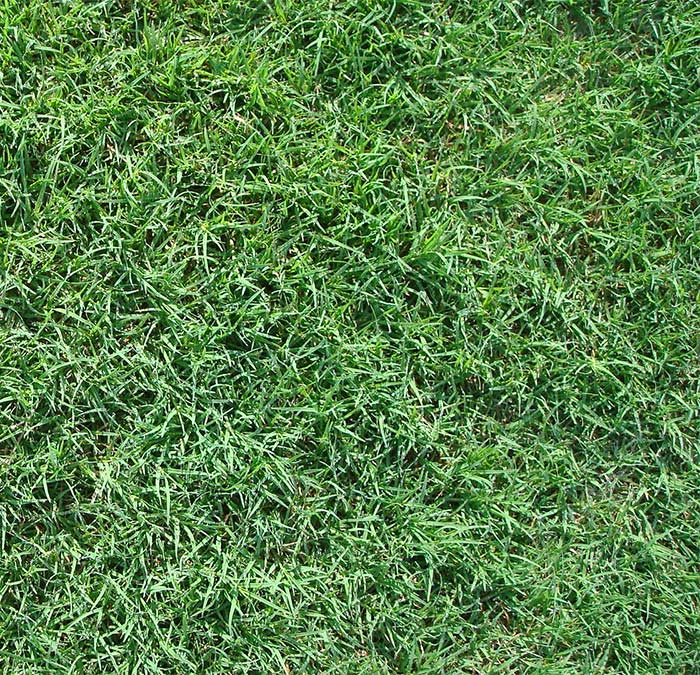Installation and Establishment
Installation and the care taken during the initial days that follow are the most critical factors in determining the long-term quality and performance of Celebration Bermuda grass.
Harvesting and transplantation is extremely stressful to any turfgrass and precautionary measures should be taken to help reduce further cultural and environmental stresses.
Celebration is a tough, hardy turfgrass that once established, produces a beautiful lifetime lawn, landscape, sports turf, or golf course.
Proper care, including pre-installation soil preparation and limiting time on the pallet to less than 24-hours, yields positive results. Improper care, however, can cause death of the turfgrass or damage that result in lengthy recovery and additional expense.
Irrigating Newly Installed Celebration
Proper watering upon installation is essential to successful establishment:
- Prior to installation, ensure irrigation systems are working properly and covering all areas to be planted.
- Water thoroughly upon installation ensuring that both the Celebration is wet and the soil is moist to a depth of 3”.
- In hot weather, water within a few hours of installation to mitigate severe damage or loss due to heat/dehydration/stress.
- To promote root establishment, water as needed to maintain moist soil to a depth of 3” for the first 1-2 weeks.Fertility
Use a transplant-friendly regimen that will help reduce shock and minimize disease:Use a starter fertilizer that is low in Nitrogen and higher in phosphorous and potassium
Post Establishment
Mowing
Mowing is a critical and often under-appreciated cultural practice:Maintain Celebration at 0.5-2” (1” is optimal).
Heights above 2” will reduce quality.
Rotary mowers are preferred for heights 1” or higher.
Reel mowers are preferred for heights below 1”.
Mow every 5-7 days during the active growing season. Mow every 10-14 days, or as needed, during cooler weather.
Never cut more than 1/3 of the total length of the blade at any one mowing.
If a scheduled mowing is missed and clippings clump on top of the Celebration, bag or vacuum clippings to reduce shade out.
Vertical mowing (verticutting) may be performed to renovate Celebration.
Insecticides
Avoid stress from insects by performing insecticidal applications as needed:For any insecticide application, always read and follow label directions carefully.
Early identification and treatment of insect stress minimizes inputs and injury.
Make routine observations of the landscape being aware of seasonal pests like army and webworms.
Grubs can reduce quality if critical populations are reached.
Control army and webworms with Sevin, Orthene, Diazinon or Permethrin-based products.
Herbicides
Proper mowing, irrigation and fertilization of Celebration will reduce weed problems. If a weed problem persists:For any herbicide application, always read and follow label directions carefully.
Improper use of herbicides can severely damage or kill Celebration.
Make routine observations of the landscape being aware of seasonal weeds.
Identify the type of weed causing the problem before using any chemicals controls.
Celebration, like Common and Tifway 419 Bermuda grass, is tolerant of many commonly used herbicides.
Fungicides
Celebration has shown resistance to most fungal problems and controls should be used only as needed:For any fungicide application, always read and follow label directions carefully.
Early identification and treatment of disease stress minimizes inputs and injury.
Make routine observations of the landscape being aware of unusual symptoms.
Consider a broad-spectrum fungicide application if predictable seasonal problems are noted.
Ask your Celebration grower to apply fungicide 1-2 weeks prior to harvest during times of high, disease-inducing stress.
- Shaded areas and heavy soils require less water than full-sun areas and sandy soils.
- When proper rooting is evident, alter irrigation program accordingly (see Post Establishment Irrigation on page 2).
- Mowing new installations are often uneven and care should be taken not to scalp high spots.
- Mow within 10 days of installation and bag clippings the first few mowing’s.
Fungicides
Celebration has shown resistance to most fungal problems and controls should be used only as needed:
For any fungicide application, always read and follow label directions carefully.
Early identification and treatment of disease stress minimizes inputs and injury.
Make routine observations of the landscape being aware of unusual symptoms.
Consider a broad-spectrum fungicide application if predictable seasonal problems are noted.
Ask your Celebration grower to apply fungicide 1-2 weeks prior to harvest during times of high, disease-inducing stress.
Irrigation
Established Celebration exhibits drought tolerance due to improved plant genetics and growth characteristics:
Watering requirements are greatly dependent on soil type, season, geography and other factors.
Ensure irrigation systems are working properly and covering all areas covered by Celebration.
Make routine observations of the landscape and learn the signs (i.e. wilting) that indicate when irrigation is required.
Shaded areas and heavy soils require less water than full-sun areas and sandy soils
Encourage deep root growth by watering until the soil is moist to a depth of 3”, shallow watering encourages shallow roots.
Infrequent deep watering maximizes drought resistance and tolerance.
Fertility
Proper fertility practices will encourage healthy, disease and insect-free Celebration:
Perform soil tests to understand your soil type(s) and condition and best determine your specific fertility needs.
Make routine observations and fertilize according to what the landscape tells you.
Understand what and how much fertilizer you are applying.
Avoid disease and insect inducing growth flushes by reducing nitrogen rates.
Improve color and limit growth surges by utilizing iron sources.
Higher nitrogen rates should only be applied in the spring, for injury recovery, or for planned “peaking” of Celebration.
Apply lower rates of Nitrogen in the summer and fall.
Recommended fertilizers include products lower in nitrogen and higher in phosphorous and potassium. Understand which, and how much, fertilizer you are applying. Perform soil tests for best understanding of your local conditions and needs. Higher N rates should only be applied in the spring, for injury recovery, or for planned ‘peaking.’ Apply lower rates of N in the summer and fall.

